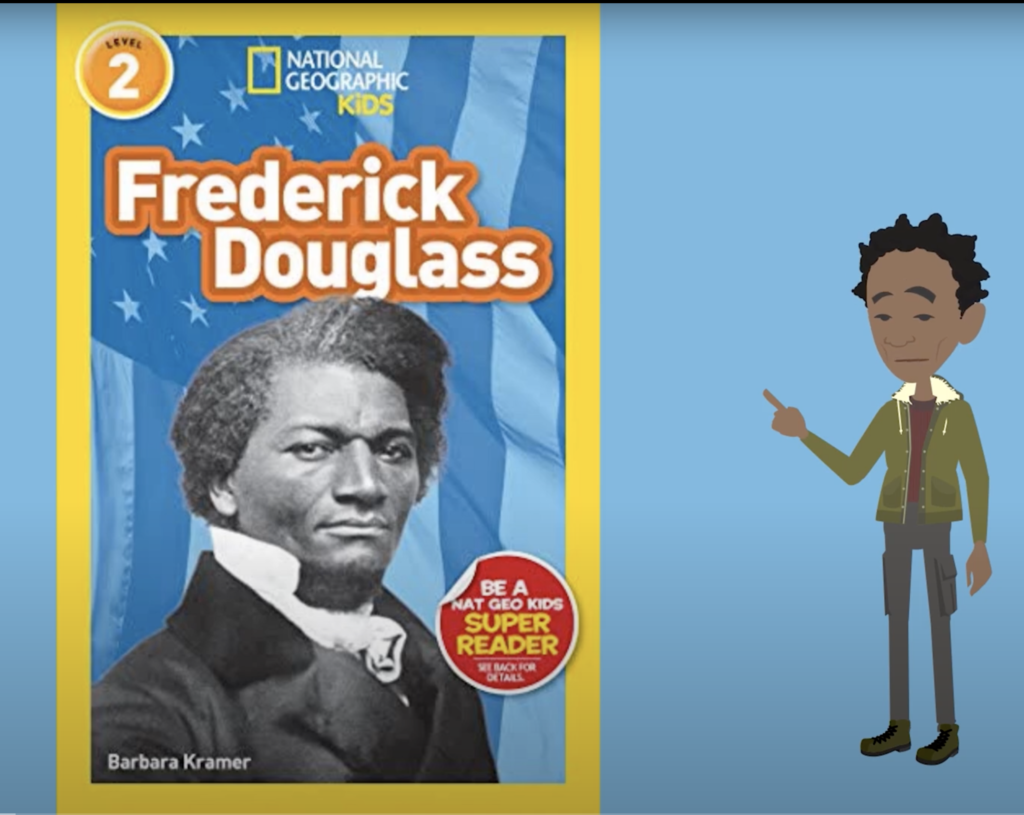

He is intricately linked to the historic developments of the period - all shaped by a life born into slavery on Maryland’s Eastern Shore. The life of Frederick Douglass encompasses much more than his famous biography (which in reality was a series of three written over the course of his life) and his legend as an orator.

As Douglass changed and evolved, so too did Maryland and the union as a whole. In addition, Douglass’s beginning in rural Maryland during the state’s history as a slave state, and his eventual escape to New York and a life in the abolitionist movement during the war and national government following, reflects the changes that transpired both during the Civil War divide and in the decades since. In Douglass we have direct evidence of slave codes, the elaborate networking of the Underground Railroad, the power of literacy, and, through him, a personification of the moral, ethical, legal and spiritual struggles of slavery that are often times lost in the more abstract conceptions of slavery over a century later.

Perhaps best known for his autobiography, Narrative of the Life of Frederick Douglass, his accomplishments in the anti-slavery movement leading up to and through the Civil War period are extraordinary.ĭouglass’s example offers a glimpse into plantation life on the Eastern Shore of Maryland, as well as the realities of life under slavery and the challenges and risks of escape. Born Frederick Augustus Washington Bailey, he was the child of a slave woman and a white man. Frederick Douglass was born into slavery on the Eastern Shore of Maryland sometime in February 1818.


 0 kommentar(er)
0 kommentar(er)
